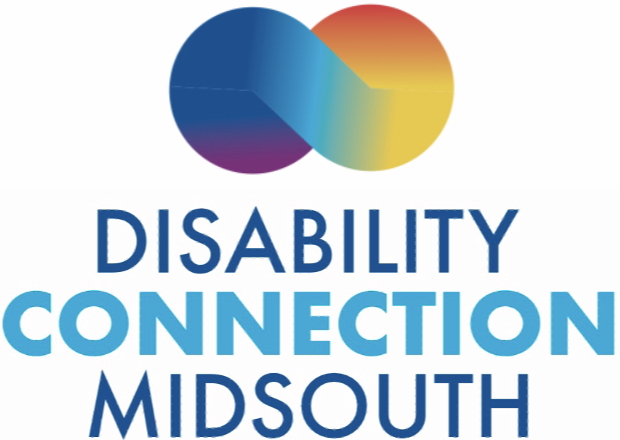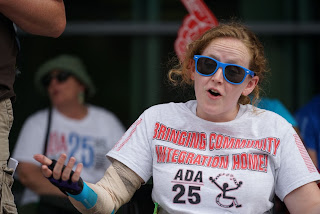Home and Community Based Services may be Expanded
The American Jobs Plan, announced this past March includes $400 billion for Home and Community Based Services. The expansion will improve Medicaid, support and strengthen attendant services and the direct care workers. Additionally, Congress is considering continuing the Money Follows the Person funding to assist people with disabilities to live in their own home and not an expensive institution.
Medicaid HCBS spending is estimated to be about $114 billion in FY 2021. Each state must cover Medicaid services in Nursing homes, but the same services to eligible people with disabilities living in the community are optional.
Most notably, HCBS assists people with disabilities with necessary daily activities like bathing, preparing meals, eating, cleaning and hygiene. The pandemic showed the need for more HCBS to prevent deaths in congregate facilities and nursing homes. No American should be forced into an expensive institution because they cannot get services in the community to help them stay at home with family.
One important part of the proposal is to expand direct support and caregiving jobs of Medicaid HCBS. A high percentage of direct support workers are female and people of color. Nationally, Home care workers earn on average $11.52 per hour or $16,200 per year (2018 figures from the Kaiser Family Foundation). Even though the senior population is growing and the need for HCBS is expanding, US states note that workforce shortages are a barrier to expanding Medicaid HCBS.
$400 billion from the American Jobs Plan could help states expand Medicaid HCBS, improve the direct care workforce and continue to fund the successful Money Follows the Person program. This will help Americans with disabilities to stay in the workforce and remain at home with their families instead of being forced into expensive institutions. Money Follows the Person alone has helped over 100,000 seniors and people with disabilities moving from expensive nursing homes into the community.
The bill gives states an increase in federal Medicaid funds to develop a plan to improve HCBS. The state must meet annual benchmarks and goals, which should be keeping people out of expensive facilities and have a more effective program overall. Specifically the benchmarks will also have dates for compliance, expand services to HCBS populations that have low access currently and expanded direct care workers competitive wages and benefits.



No comments:
Post a Comment